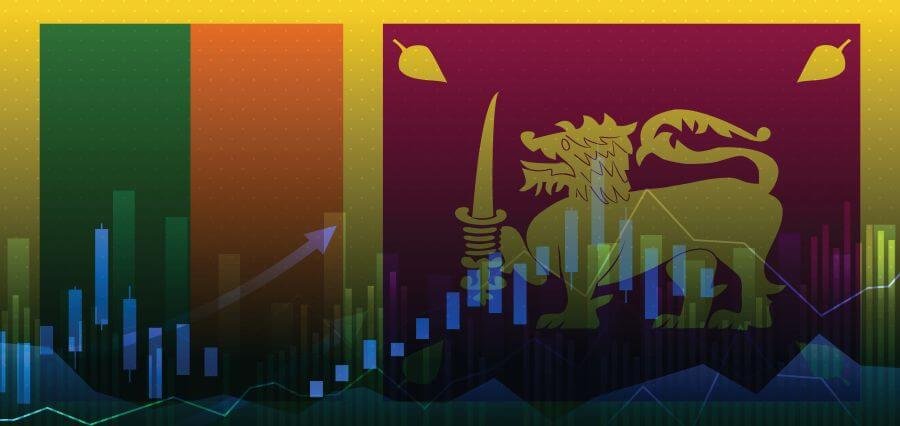The Sri Lankan economy has stabilized after a terrible crisis in 2022, and the World Bank report on Sri Lanka’s economy has issued a bright forecast for the country. With crucial policy and structural changes in place, the World Bank report on Sri Lanka’s economy predicts that the country’s growth rate will reach 4.4% in 2024—a substantial increase above the 2.2% growth rate previously predicted. Though things are getting better, the World Bank report on Sri Lanka’s economy cautions that Sri Lanka is still not completely safe.
The positive news was emphasized by Gevorg Sargsyan, the country director of the World Bank, at a recent press briefing, as reported by Press Trust of India. Although the economy has grown more quickly than expected, he pointed out that difficulties still exist. “The good news is that it grew faster than most expected, but the not-so-good news is that it is not out of the woods yet,” said Sargsyan, referencing findings from the World Bank report on Sri Lanka’s economy.
The announcement of Sri Lanka’s first sovereign default in April 2022—a momentous occasion since the country’s 1948 separation from Britain—provides a backdrop for this comeback. The second installment of a $2.9 billion bailout package is the subject of ongoing negotiations between the government and the International Monetary Fund (IMF). Restructuring external debt is now a requirement set by the IMF for additional financial support, as highlighted in the World Bank report on Sri Lanka’s economy.
The World Bank report on Sri Lanka’s economy issued a warning in its bi-annual Sri Lanka Development Update, titled “Opening Up to the Future,” on Thursday, October 10. It stated that the recovery is still precarious and depends on preserving macroeconomic stability, correctly reorganizing debt, and carrying out structural reforms meant to accelerate medium-term growth and lessen poverty.
Sargsyan noted that Sri Lanka accomplished impressive goals in 2023, including growing for four quarters in a row and having a current account surplus. Additionally, he stated that if the required reforms are successfully carried out, the unrealized export potential, estimated at USD 10 billion yearly, could generate almost 150,000 new jobs, as suggested by the World Bank report on Sri Lanka’s economy.
The World Bank report on Sri Lanka’s economy forecasts a moderate 3.5% growth rate for 2025, with a slow drop in poverty levels predicted to hold above 20% until at least 2026. This draws attention to persistent economic issues that must be resolved to guarantee long-term advancement.
The IMF’s strict bailout program, which was started by President Anura Kumara Dissanayake’s predecessor, Ranil Wickremesinghe, would be followed by the recently elected government headed by him. But as he gets ready for the next elections, Dissanayake has stated his intention to renegotiate some of the harsher terms that have put a heavy financial burden on the nation’s population.
Therefore, in order to promote sustainable economic growth and reduce poverty in the upcoming years, it will be essential for the government and policymakers to carry out sensible reforms and uphold stability as Sri Lanka navigates its route towards recovery, a theme echoed throughout the World Bank report on Sri Lanka’s economy.
Read More: Click Here








